Yates Account
Join now
Create a Yates account today!
Sign up to join the Yates Garden Club for monthly e-mails packed with seasonal inspiration, tips for success & exclusive promotions.
Plus if you’re a Garden Club member you can take part in the Yates Growing Community - a blog to share successes, get advice & win prizes in fun challenges along the way!

Forgot password
Enter the email address associated with your account, and we'll email you a new password.

‘I had a little nut tree!’ goes the old children’s rhyme. And every garden can have a nut tree because there’s a variety to suit just about every site and climate. Here are some you can grow in your garden.
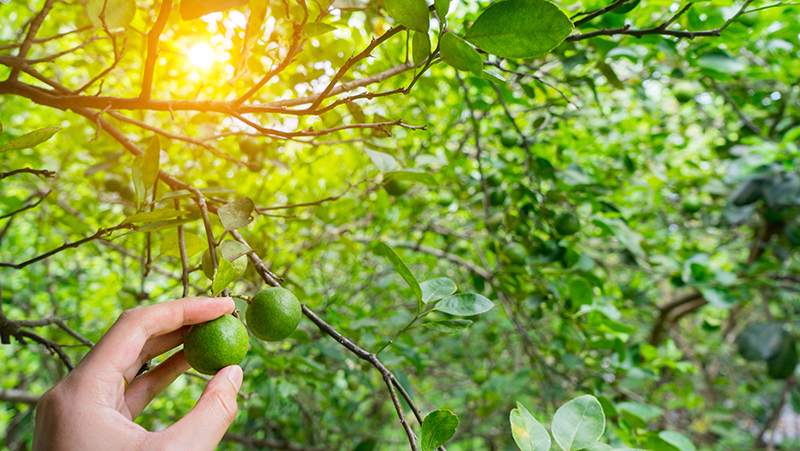
Macadamias
While the Australian native nut, the macadamia, is renowned for its hard shell, macadamia nuts are so delicious it’s worth the effort required to crack them.
Macadamias have attractive pink or white spikes of flowers that dangle from the inner branches of the tree. Macadamias are related to banksias and grevilleas and, like these other members of the Proteaceae family, are sensitive to phosphorus.
Macadamias are rainforest understorey trees that will happily grow either in light shade or full sun. You can help the plants to make the most of any available water by mulching heavily over the root area with a 10cm thick layer of organic mulch, like pea straw.
Macadamias are surprisingly cold tolerant and can adapt to handle a few degrees of frost.
Buy a grafted, named variety of macadamia if possible. This not only guarantees the quality of the nuts, but ensures that the tree fruits within a few years. Seedling trees can take much longer to reach cropping stage.
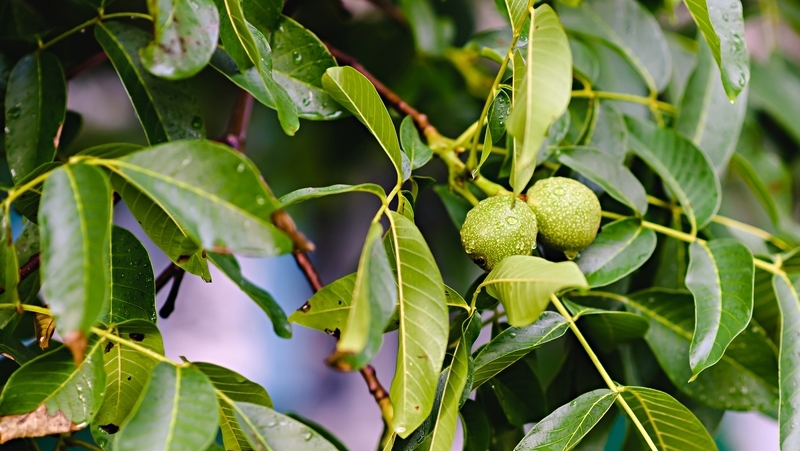
Almonds, walnuts and pecans
Almonds prefer Mediterranean conditions with warm dry summers and winter rains. They can handle cold winters, but frost at flowering time will destroy almond blooms.
Two compatible almonds are usually required for pollination. If space is a problem, these days it may be possible to buy a double-grafted tree with two varieties on the one rootstock. Or look for a self-fertile variety such as All In One.
Although it’s reasonably drought hardy, the almond shares the macadamia’s need for soil moisture when the nuts are forming. Hence the same recommendations for mulching and soil wetter apply.
Walnuts and pecans grow into very large trees that are ideal for country estates in cool, reasonably moist climates. Their ultimate size makes them too large for most suburban gardens.
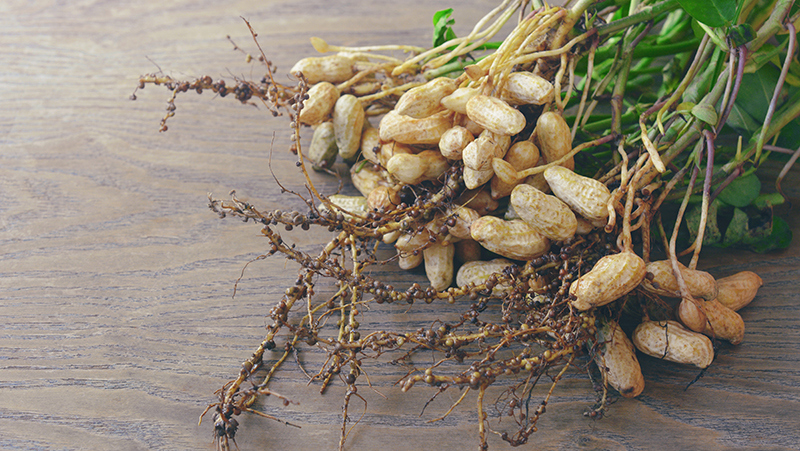
Peanuts
Peanuts are fascinating plants that will crop in areas that have at least five months of warm weather. Yates Garden Guide 79th Edition has simple instructions for growing peanuts. Start by sowing raw (not roasted) peanuts into well-drained soil. Sprinkle Yates Dynamic Lifter Organic Plant Food and mulch well to retain moisture and feed the plants by regularly watering with Yates Thrive Fish Blood & Bone Plant Food Concentrate.
After the peanut plants have flowered the stalk will bend over to develop the ‘nut’ underground. Harvest after the plant yellows at the end of the season.
Growing peanuts is a great kids’ activity, but make sure that none of the participants is affected by a peanut allergy!
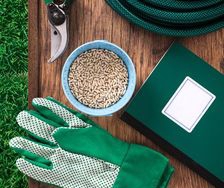

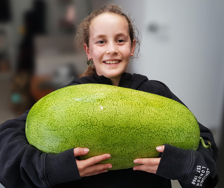
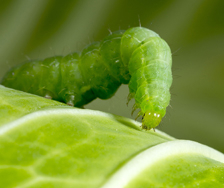
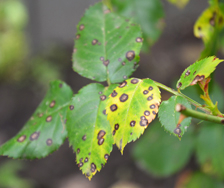
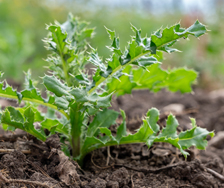
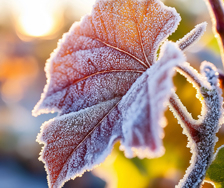








Share
Share this article on social media